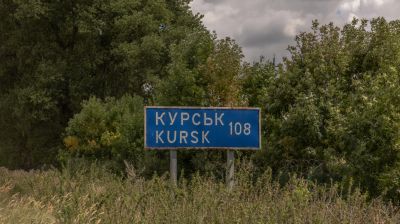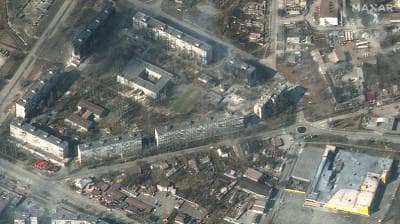Life in the Sea of Azov may die out due to bombing of Azovstal - Mariupol City Council
All plant and animal life in the Sea of Azov could be threatened with extinction due to the bombing of the Azovstal steelworks.
The destruction of the Azovstal works could damage a technical facility that holds back tens of thousands of tons of concentrated hydrogen sulphide solution.
If this liquid were to leak into the Sea of Azov, it could wipe out the flora and fauna there, according to Mariupol City Council.
After that, dangerous substances could also get into the Black and Mediterranean Seas.
Read also: What are the chances of survival if Russia uses nuclear weapons - an expert explains
Background: the Ukrainian military maintained their defence of the Azovstal works for 82 days. The Russian occupying forces tried to wipe the plant off the face of the earth, and then announced that they would turn the territory of the steelworks into a "park area"."As the mayor of Mariupol Vadym Boychenko noted, international experts and the United Nations must be granted immediate access to the facility, in order to study the situation and prevent an environmental catastrophe of world-class proportions ," said Mariupol City Council.
Not only the shelling by the Russians, but also the consequences of the occupation have led to high mortality among the city's residents.The occupying forces have created a humanitarian catastrophe in Mariupol, destroying almost all the buildings and killing more than 20,000 civilians.
Mariupol residents are dying due to nervous breakdowns, lack of medical services, unsanitary conditions and lack of immunity due to hunger.
Cholera may also spread through the damaged water supply system in Mariupol, as sewage mixes with drinking water.
Read also: If a nuclear power plant explodes: what to do, how to eat and drink in a radiation accident? Instructions





